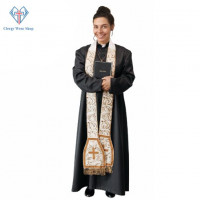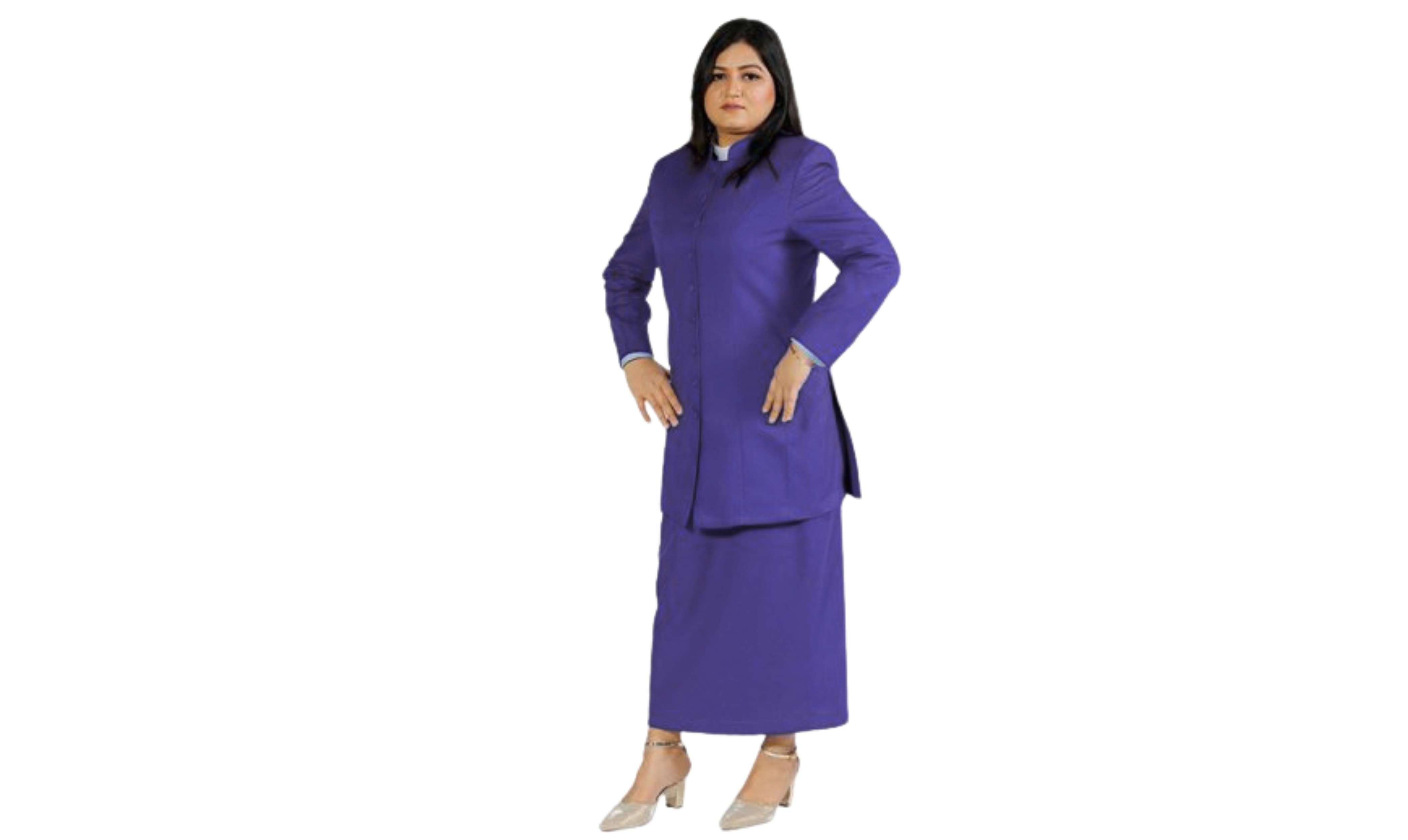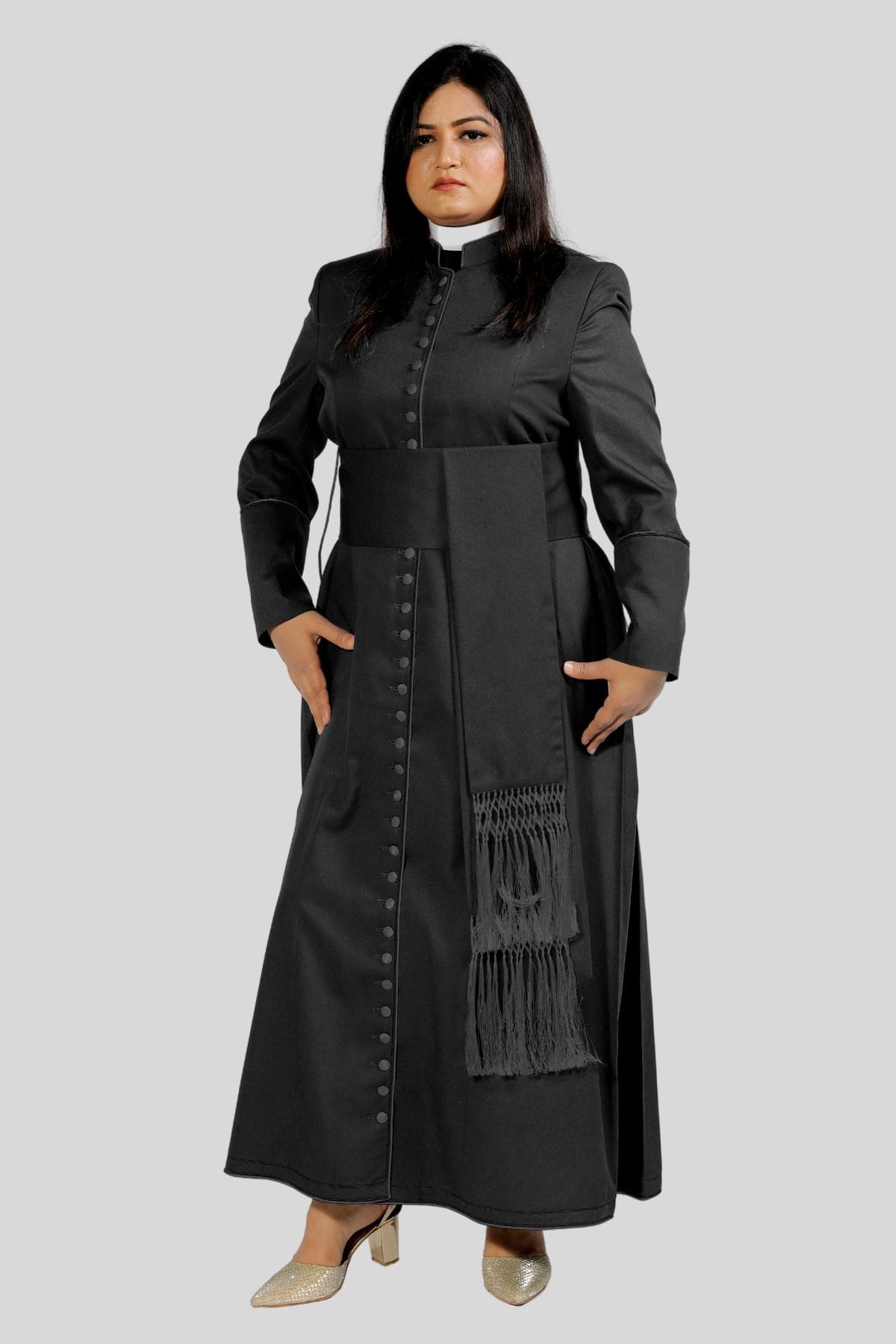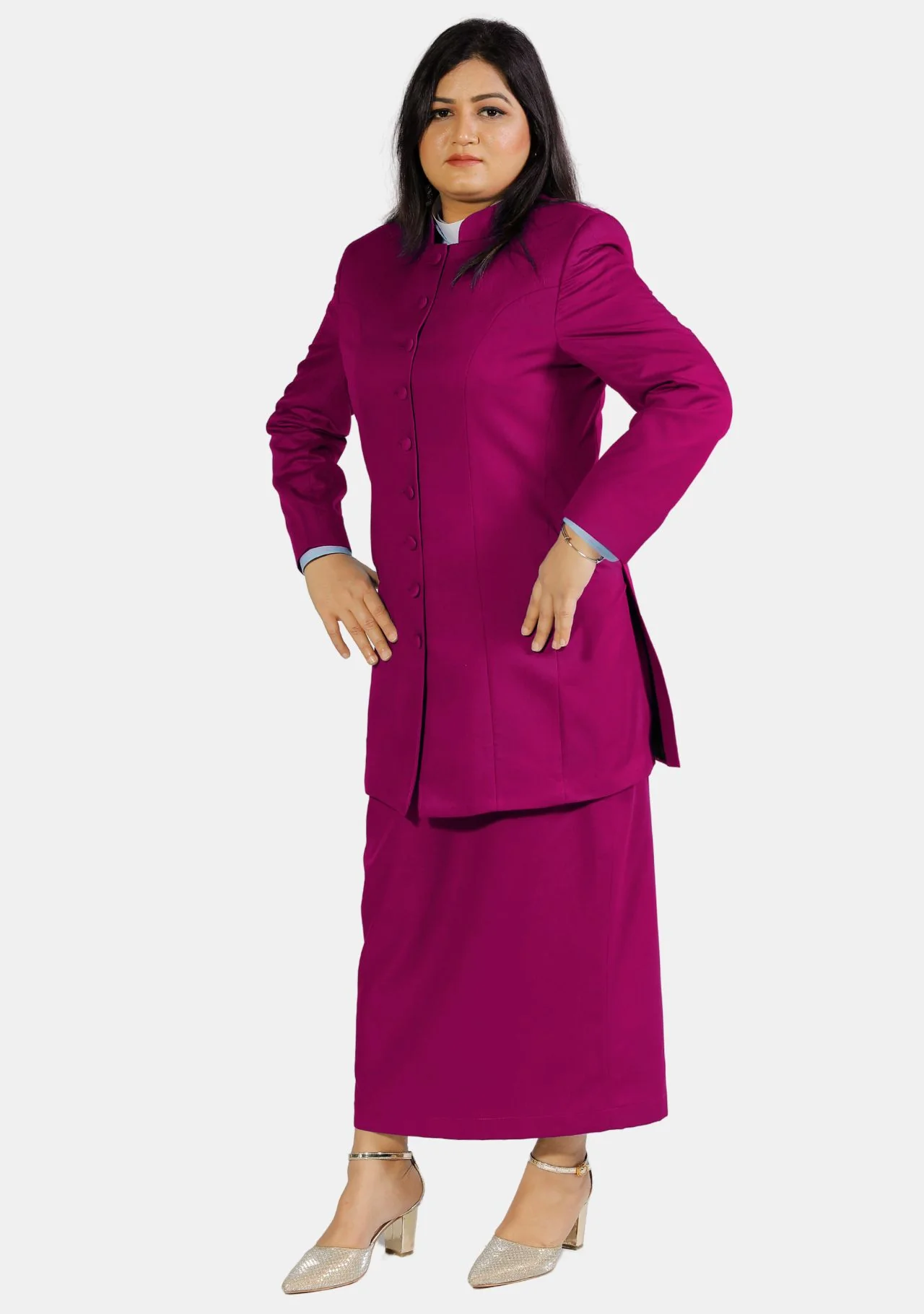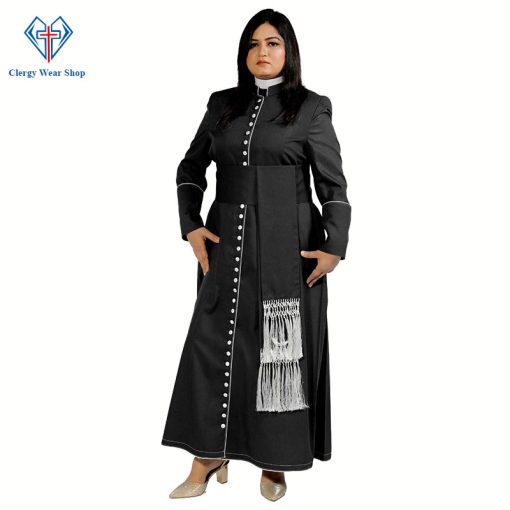Religious Robes and Their Meaning in Modern Worship
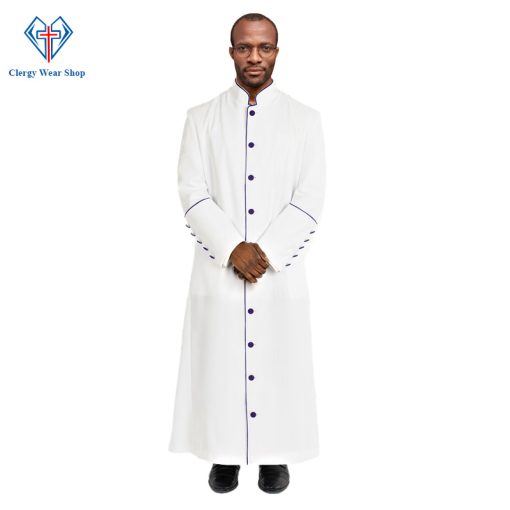
Religious robes are ordinary clothing. They carry centuries of meaning, honor, and sacred purpose. Across many cultures and faiths, robes serve as signs of devotion, purity, authority, and spiritual identity. Whether worn by a Christian priest, a Buddhist monk, a Hindu sadhu, or a Jewish rabbi, these robes communicate a message of faith and surrender to a higher calling.
In this article, we explore what religious robes are, why they matter, and how they differ across various religious traditions. From their ancient origins to their modern adaptations, religious robes are still powerful symbols of spiritual commitment and tradition.
What Are Religious Robes?
Religious robes are special clothes worn by people during prayer, worship, or religious events. These robes are often long, loose, and made with care. They show respect, faith, and love for God. Different religions have different styles of robes, like cassocks, thobes, abayas, or monk robes. The colors and designs can have special meanings. Religious robes help people feel close to their beliefs and remind them to live with kindness, peace, and honesty every day.
Historical Roots of Religious Robes
The use of robes in religious life dates back thousands of years. In ancient civilizations such as Egypt, Mesopotamia, and Israel, priests wore distinct garments during rituals to show respect for the gods. Over time, religious dress became more structured. In early Christianity, simple tunics and cloaks became the foundation for modern clergy robes. Buddhist monastics began wearing robes (called civara) around the 5th century BCE, following the teachings of Buddha. In Islam, modest and flowing garments like the thobe and abaya emerged alongside religious principles of humility.
These garments evolved not only to meet religious needs but also to reflect the cultural, environmental, and historical context of each faith community.
Christian Religious Robes Reverence and Ritual
In Christianity, especially within Catholic, Orthodox, and Anglican traditions, religious robes are highly symbolic. Different garments are worn for different liturgical purposes:
Cassock: A long, ankle-length robe worn as a base layer by priests and ministers.
Alb: A white robe symbolizing purity, often tied with a cincture (belt).
Chasuble: A decorated outer garment worn during Eucharist or Mass.
Stole: A scarf-like band representing spiritual authority.
Colors of Christian robes often change with the liturgical calendar—white for Easter, purple for Lent, red for Pentecost, and green for Ordinary Time.
In Protestant traditions, religious dress is often simpler but still meaningful. Ministers may wear a black preaching robe, academic gown, or Geneva gown to reflect solemnity and equality before God.
Buddhist Robes Simplicity and Discipline
These robes show a life of peace, kindness, and no attachment to money or things. The colors are soft, like orange, brown, or red, and they are made from simple cloth. Monks and nuns wear them every day as a sign of their promise to live a calm and honest life. These robes also help them focus on prayer, learning, and helping others. Wearing these robes shows discipline and reminds them to stay on the path of goodness, respect, and quiet thinking.
Islamic Religious Robes Modesty and Identity
Islamic religious robes are simple, loose clothes worn by men and women to show respect and faith. These robes cover the body to keep it modest, which is an important part of Islam. Men may wear a long robe called a thobe, and women may wear an abaya or hijab. These robes are not just for style—they show a person’s love for God and their religion. Wearing them reminds Muslims to be kind, honest, and humble. Islamic robes also show who they are and what they believe, making them proud of their faith and identity.
Holiness in Every Thread
Religious robes are not just clothes. They are special garments that show respect, faith, and a deep love for God. Every thread in these men's clergy attire has a meaning. The colors, fabrics, and designs all tell a story about belief and tradition. People wear these robes during prayers, holy days, and worship times. They help the wearer feel closer to their faith. From Christian pastors to Buddhist monks, religious robes are a sign of purity and devotion. “Holiness in Every Thread” means that these robes carry more than fabric—they carry a message of peace, purpose, and spiritual truth.
Color and Spiritual Power
In Hinduism, religious robes vary widely based on region, sect, and function. Still, some common garments include:
Saffron robes: Worn by sadhus (holy men), monks, and spiritual teachers. Saffron represents renunciation, self-discipline, and sacrifice.
White robes: Symbolizing purity and peace, often worn during temple rituals, mourning, or by spiritual aspirants.
Dhoti or sari: Traditional attire that is considered suitable for worship in many parts of India.
Hindu robes are deeply tied to color symbolism. Red may be used in weddings, yellow in festivals, and orange in spiritual settings. The choice of robe reflects one’s path—whether in devotion (bhakti), knowledge (jnana), or action (karma).
Symbolism in Religious Robes: What Colors and Fabrics Mean
Every part of a religious robe has meaning:
Color: Each religion uses color to show seasons, states of mind, or spiritual truths. White for purity, black for humility, red for power or sacrifice, and gold for divine glory.
Fabric: Wool or linen may be used for humility, while silk or brocade may be reserved for festivals or leaders.
Designs and patterns: Embroidery or symbols often mark the garment’s purpose. For example, crosses in Christian robes or lotuses in Buddhist robes.
Even how the robe is worn—draped over one shoulder, fastened with a belt, or covering the whole body—can reflect spiritual teachings.
Women and Religious Robes Growing Recognition and Respect
In many traditions, women now play key roles in religious leadership and require robes suited for their role. Historically, women’s robes were either not available or made to lesser standards.
Today, religious robes for women are:
Designed with modesty and comfort in mind
Tailored to reflect feminine dignity and authority
Available in multiple styles and sizes
Recognized in both clergy and monastic settings
As religious communities become more inclusive, the availability and respect for women’s religious robes continue to grow.
Modern Adaptations Religious Robes in the 21st Century
Although rooted in ancient tradition, religious robes have adapted to modern needs:
Lighter fabrics for hot climates
Easy-to-wear designs for busy schedules
Custom tailoring for better fit and comfort
Gender-inclusive styles for diverse communities
Online stores and specialized shops now offer religious robes in various designs and price ranges, making them more accessible to clergy and followers around the world.
Some communities have even adopted eco-friendly materials, showing that spirituality and sustainability can go hand in hand.
Robes That Wrap the Soul
Religious robes are fabric. They are sacred tools, rich with tradition, spirituality, and purpose. Whether worn in a church, temple, mosque, synagogue, or monastery, these robes help believers step into a holy space—physically and spiritually. They teach us about humility, devotion, and identity. They connect generations of worshippers to a shared journey of faith. And in a world of changing values, religious robes remind us that some symbols are timeless. Wearing a religious robe is dressing up—it's dressing with meaning, with love, and with reverence for something far greater than ourselves.
Conclusion
Clergy Wears Shop is a special place where you can find clothes for pastors, ministers, and other church leaders. We make robes, shirts, and suits that look nice and feel comfortable. Each item is made with care and respect for faith. Whether it’s for Sunday service or a special event, we help you dress with honor and style. At Clergy Wears Shop, faith and fashion come together to help you shine with grace and dignity.
Frequently Asked Questions
What are religious robes called?
Religious robes are often called cassocks, habits, vestments, thobes, abayas, or monk robes, depending on the religion and tradition.
What religions wear robes?
Religions that wear robes include Christianity, Islam, Buddhism, Hinduism, and Judaism. Each uses robes in different styles for prayer, worship, or special ceremonies.
Why do religious figures wear robes?
Religious figures wear robes to show respect, purity, and faith. The robes remind them of their duties to God and help them focus on prayer, worship, and serving others.
Note: IndiBlogHub features both user-submitted and editorial content. We do not verify third-party contributions. Read our Disclaimer and Privacy Policyfor details.

